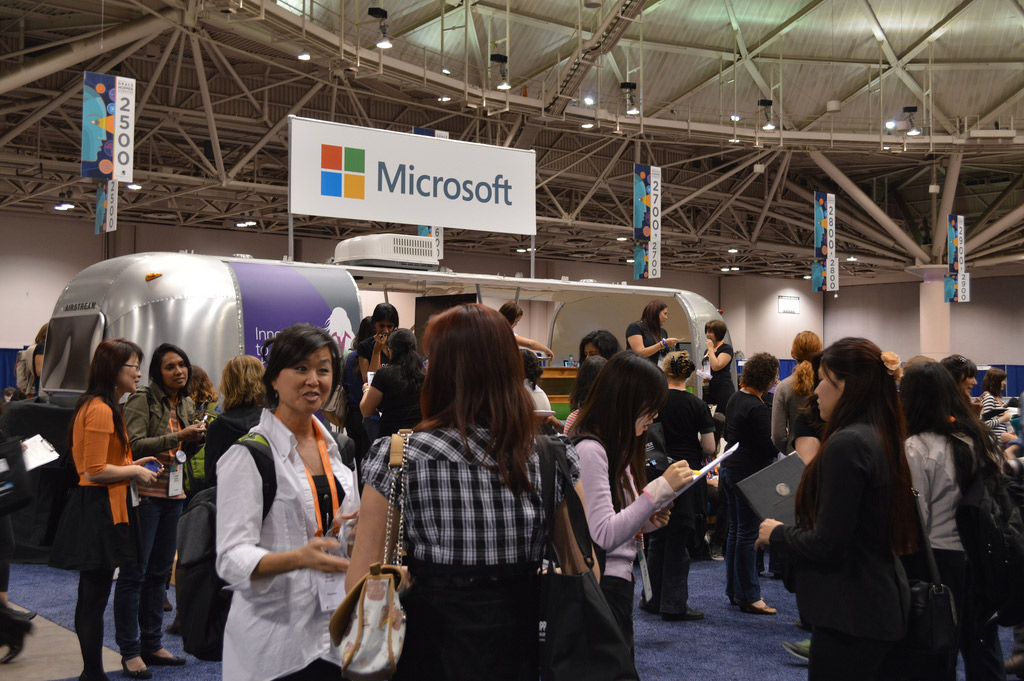Today, women make up less than 20 per cent of software engineers in the workforce (the precise numbers range depends on who is collecting the statistics and how the observer defines ‘software engineer’). Even in universities, where women outnumber men almost 3:2, only 12 per cent of computer science degrees are awarded to women. It’s up to industry leaders and academic institutions like McGill to recognize this and take action, or else risk missing out on capitalizing on the problem-solving power of half the world’s population.
“Out in Silicon Valley, companies are struggling to hire software engineers—even top companies like Google and Facebook,” Gayle Laakmann McDowell, author of Cracking the Coding Interview, explained in response to a question on Quora. “This is hurting the U.S.’s ability to grow [good tech] companies. If as many women went into engineering as men, this would be a huge win for the U.S. and for the world.”
McGill has not been immune to this trend. According to an analysis of the School of Computer Science enrolment data by U3 Computer Science student Pascale Gourdeau, women comprise less than 30 per cent of students enroled in computer science-related majors. In the honours stream, this number drops below 20 per cent.
The decline hasn’t been continuous, either. After steadily increasing from just over 10 per cent in the 1960s to 35 per cent in 1983, the percentage of female computer science majors in American universities dropped to below 20 per cent 10 years ago, and has flatlined since.
Researchers have proposed a number of reasons for women’s low enrolment rates in computer science. The emergence of the personal computer and its subsequent marketing as a toy for boys in the ’80s and ’90s is one suspect. Also frequently cited are a lack of female mentors, negative stereotypes, and toxic work environments in the tech industry that discourage women from pursuing careers in technology.
In spite of the grim statistics, there’s growing evidence from a number of universities that it’s not a lack of interest that’s keeping women from majoring in computer science. In fact, the evidence indicates quite the opposite: Stanford University recently revealed that Computer Science was the most popular major among female students. At Harvey Mudd College, 40 per cent of computer science majors are women. Their administration attributed this number to three major strategies: Practical, interesting introductory courses, research opportunities, and community-building activities, such as visiting the Grace Hopper Celebration of Women in Computing, a conference dedicated to recognizing women’s achievements in the field of computer science.
“The way people interacted [was] much more [exciting] than I’ve ever felt—you could just flag down anyone and not feel awkward about it,” explained Li Xue, a U2 Economics and Computer Science student who attended the event this year. “Even extremely important people like Satya Nadella [the CEO of Microsoft] were on the floor of the convention centre, so it was a very ‘flatly’ structured conference where everyone was approachable. I think because the attendees were self-selecting, you just get the most motivated, talented, and open-minded people.”
The demographics of the Grace Hopper Celebration are the reverse of those seen all too often at tech conferences. Women made up 96 per cent of attendees, representing all corners of industry and academia.
What Grace Hopper, Harvey Mudd, and Stanford all show is that, when presented with the right environment, women engage and excel in computer science just as much as their male counterparts.
The dearth of women in computer science represents an immense resource of untapped intellectual potential, and as technological innovation becomes increasingly critical to solving the world’s problems, that needs to change.









